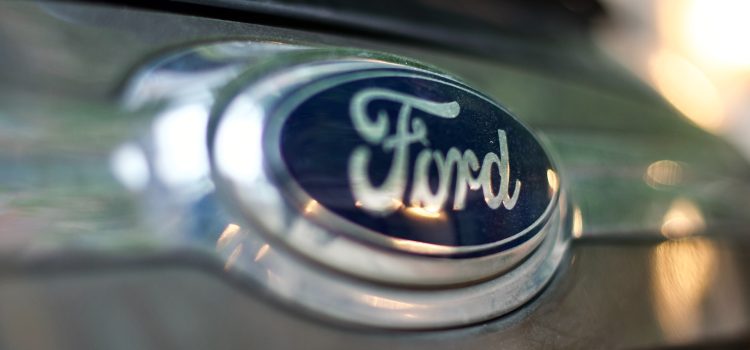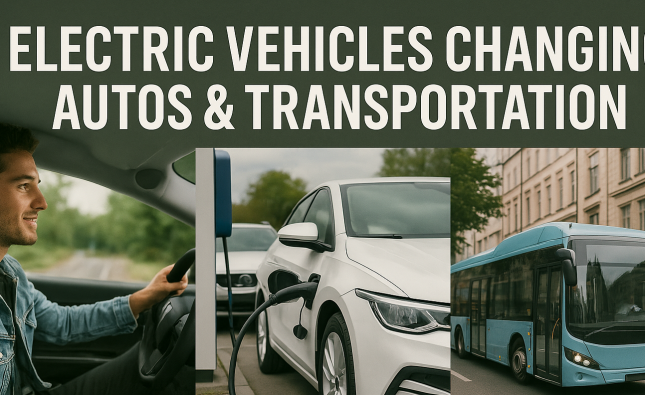
In a groundbreaking move, Ford Motor Company has announced the reintroduction of AM broadcast radio to its electric vehicle (EV) lineup, effectively addressing long-standing safety concerns. This significant development not only underscores Ford’s commitment to customer satisfaction but also highlights the company’s innovative approach to integrating traditional media with cutting-edge technology. By finding a solution to the interference that previously compromised AM radio reception in EVs, Ford is paving the way for a safer and more enjoyable driving experience for EV owners.
Electric vehicles have experienced rapid growth in recent years, driven by the increasing demand for sustainable and environmentally-friendly transportation options. However, as EVs became more prevalent, a significant issue emerged—the interference caused by their high-voltage electrical systems, which hindered AM radio reception. This problem not only frustrated EV owners but also posed safety concerns, as compromised radio reception could impact important emergency broadcasts or vital information during a drive.
Recognizing the importance of addressing this issue, Ford invested in extensive research and collaboration with radio industry experts to develop an innovative solution. The result is a breakthrough technology that effectively mitigates interference, allowing EV owners to tune in to their favorite AM radio stations without compromising safety or performance.
The reintroduction of AM broadcast radio to Ford’s electric vehicles signifies a significant step forward in the industry. It not only provides EV drivers with a seamless and immersive driving experience but also renews the relevance of AM radio in an era dominated by digital media. By preserving this traditional medium and integrating it into their EV lineup, Ford showcases its commitment to catering to diverse consumer preferences and acknowledging the enduring value of AM radio in connecting communities and providing localized content.
Ford’s emphasis on safety is evident in their approach to resolving the AM radio reception issue in EVs. The company’s engineers worked diligently to implement new shielding techniques and optimize the electrical architecture of their vehicles, ensuring that the high-voltage systems no longer interfere with radio signals. This commitment to safety demonstrates Ford’s dedication to providing a secure driving environment for their customers, where they can stay informed and entertained without compromising their well-being.
The reintroduction of AM broadcast radio to Ford’s EV lineup also has significant implications for the automotive industry as a whole. As EV sales continue to soar, other manufacturers will likely take note of Ford’s solution and strive to incorporate AM radio compatibility into their own electric vehicle offerings. This move not only benefits consumers who have a fondness for AM radio but also reinforces the importance of preserving traditional media formats while embracing technological advancements.
The revival of AM broadcast radio in Ford’s electric vehicles also opens up new opportunities for radio broadcasters and advertisers. Advertisers can now reach a broader audience as more EV owners regain access to AM radio, offering a valuable platform for localized advertising and promoting community engagement. Moreover, radio broadcasters can expand their reach to EV drivers, reaffirming the relevance and impact of AM radio in the digital age.
Ford’s reintroduction of AM broadcast radio to its EV lineup is a testament to the company’s ability to address and resolve technological challenges while prioritizing consumer satisfaction and safety. By integrating traditional media with innovative technology, Ford sets a precedent for the industry and showcases the potential for a harmonious coexistence between the past and the future.
As electric vehicles continue to reshape the automotive landscape, Ford’s commitment to enhancing the driving experience extends beyond performance and sustainability. The reintroduction of AM broadcast radio demonstrates that automakers must consider the diverse preferences of their customers and ensure that their vehicles cater to a wide range of needs. Ford’s solution sets a high standard for the industry, encouraging other manufacturers to prioritize safety, convenience, and the preservation of cultural heritage in their electric vehicle offerings.
In conclusion, Ford’s reintroduction of AM broadcast radio to its electric vehicles marks a significant milestone for both the automotive and radio industries. By addressing safety concerns and finding a solution to the interference issue, Ford has paved the way for a renewed appreciation of AM radio in the era of electric mobility. This move highlights Ford’s dedication to customer satisfaction, safety, and the seamless integration of traditional media with modern technology. As other manufacturers take note of Ford’s innovative approach, the future looks promising for a harmonious coexistence between electric vehicles and the enduring charm of AM radio.










